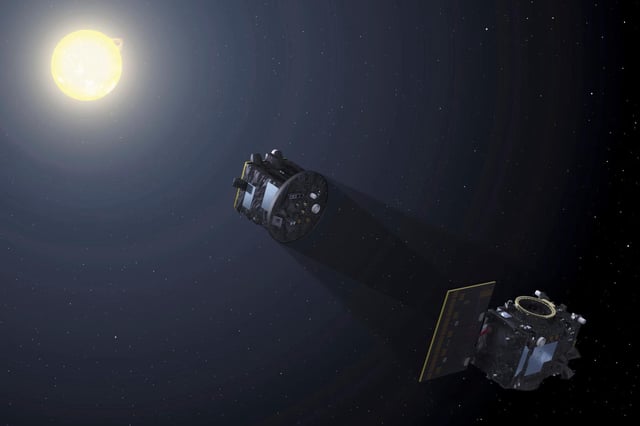Overview
- Proba-3’s Coronagraph and Occulter satellites have completed 10 artificial total solar eclipses during commissioning, with the longest lasting five hours.
- The pair maintain a 150-metre separation within a millimetre through GPS navigation, star trackers, lasers and radio links.
- Data from ASPIICS, DARA and 3DEES provide uninterrupted observations of the solar corona, measuring irradiance and energetic electrons.
- ESA unveiled the mission’s first coronal images at the Paris Air Show, highlighting formation-flying technologies developed under its General Support Technology Programme.
- Scientists plan to extend artificial eclipse durations to six hours per orbit and fully automate formation flying to yield more than 1,000 hours of totality over two years.

